Think you know all about U.S. National Parks? Here's a surprise: one is not within the continental borders (nor is it in Hawaii). It's a tropical paradise, but it's not in Florida.
Here, miles away from the mainland, you'll find a park that's more about palm trees and turquoise waters than rugged peaks and valleys. It's part of the U.S. National Park system, yet it feels like a world apart.
Set on an island, this park is a treasure hidden in plain sight, surrounded by the vibrant Caribbean Sea. It's a slice of the States, but here, the beaches rule and the ocean is the main attraction.
But where exactly is this park? It's not where most would guess – not Florida or California. It's on St. John Island, in the U.S. Virgin Islands, between Puerto Rico and the Dominican Republic.
Welcome to the Virgin Islands National Park, a unique blend of American heritage and Caribbean charm, where the adventure of a national park meets the allure of a tropical getaway.
Want to know more? This article will tell you all about it. Whether you plan to visit or just like reading up on cool places, stick around!
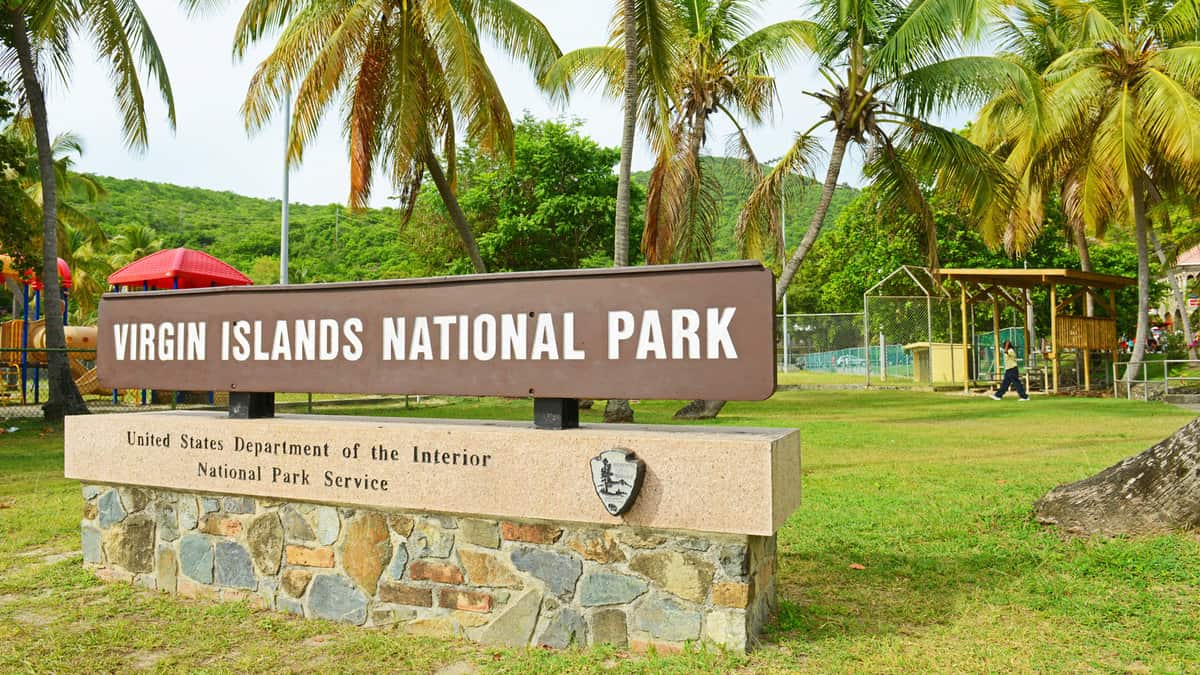
A Geographical Wonder
Nestled on St. John, the smallest of the U.S. Virgin Islands, the Virgin Islands National Park stands out. Here's why: it stretches about 60% of the island, making it a significant part of St. John's landscape.
With elevations ranging from sea level to over 1,200 feet, Bordeaux Mountain offers varied terrains that promise different vantage points of the Caribbean.
The park also boasts a coastline dotted with bays and coves, making each beach unique in its own right. It's a visual treat that captures the park's essence beautifully.
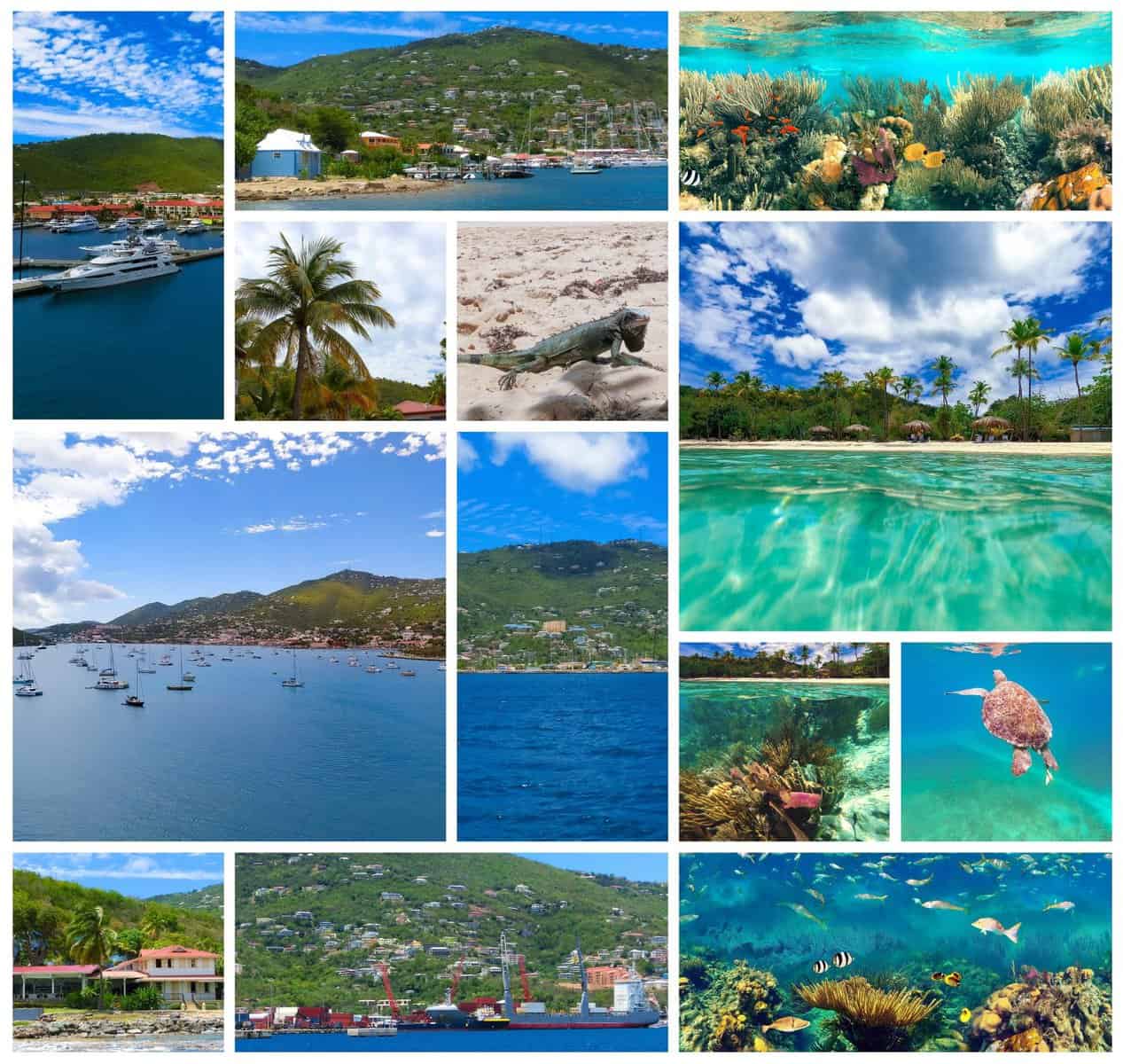
If that wasn't enough, its location places it right where the Atlantic Ocean meets the Caribbean Sea. So, while it's officially U.S. territory, its geography gives it an exotic, otherworldly feel.
Nature’s Bounty
Virgin Islands National Park is a biodiversity hotspot. With over 800 plant species, it offers unique finds like the bay rum tree and rare wild orchids.
The animal kingdom thrives here too. Sea turtles, for instance, glide gracefully in its waters.
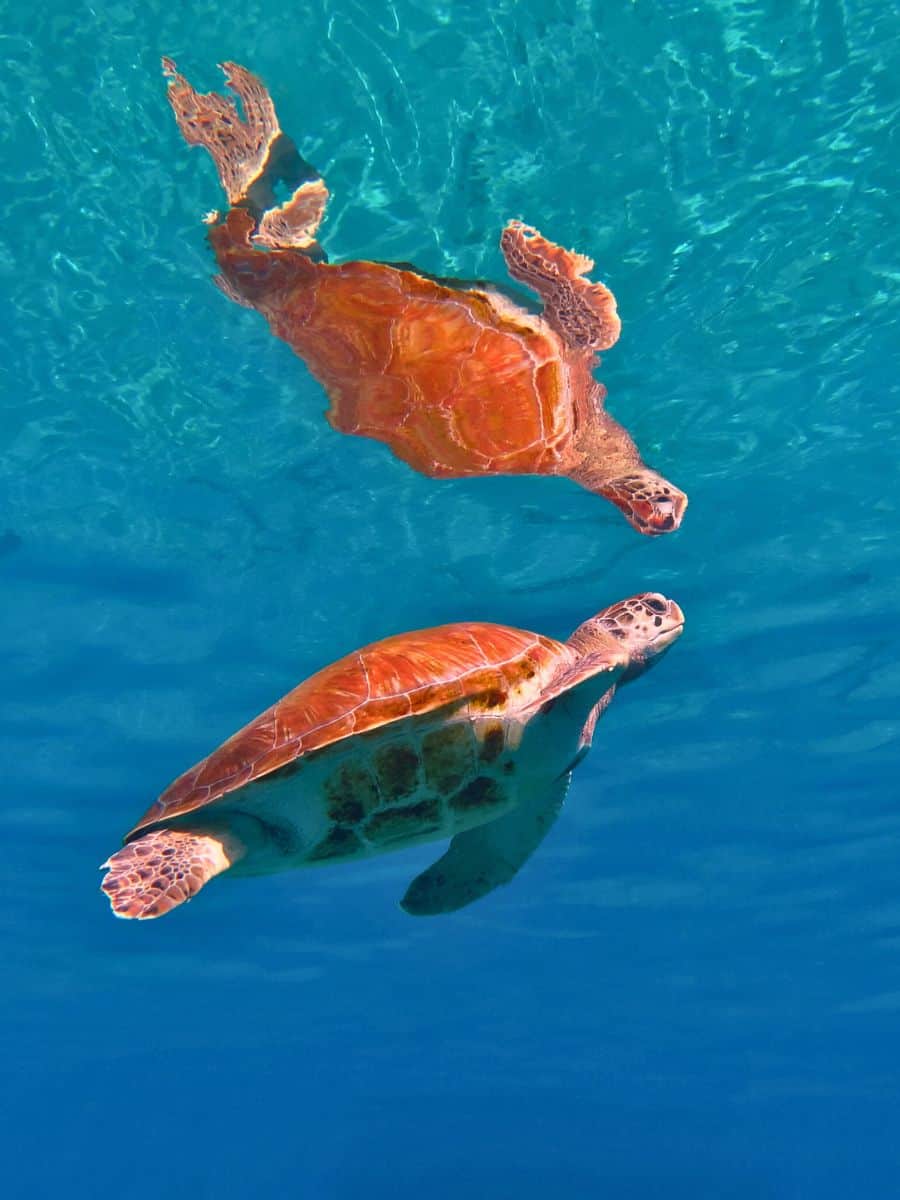
The land isn't left behind either, home to various lizards like anoles and iguanas. Bird enthusiasts can rejoice as more than 50 tropical bird species, including the iconic bananaquit of the Virgin Islands, flutter around.
And as night descends? Watch for the night-blooming cereus, unveiling its large, vanilla-scented flowers.
Must-Visit Spots and Beaches
There's so much to see, but here are a few places you shouldn't miss:
Trunk Bay
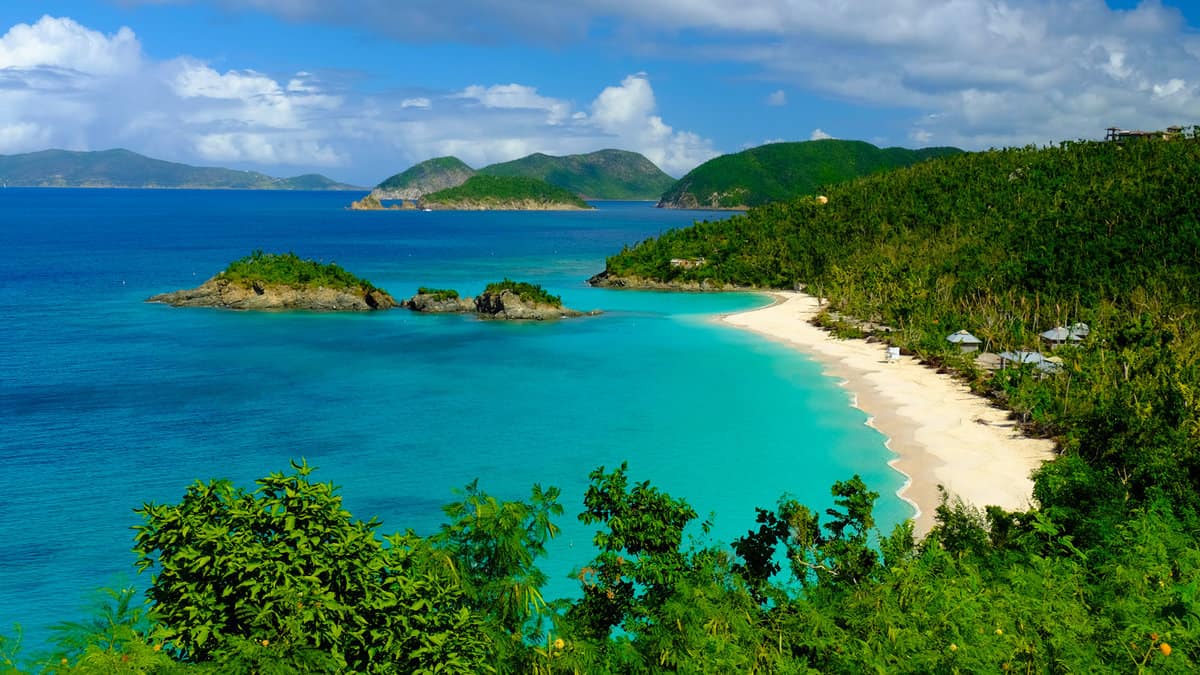
Recognized as one of the world's top beaches, Trunk Bay is the poster child for Caribbean beauty. Its powdery white sands gently slope into clear, turquoise waters.
The waters of Virgin Islands National Park are crystal clear, making it perfect for snorkeling. The Trunk Bay Underwater Trail is a highlight, where you can follow signs underwater to learn about coral reefs and marine life.
Facilities like lifeguards, restrooms, and a snack bar make it visitor-friendly.
Maho Bay
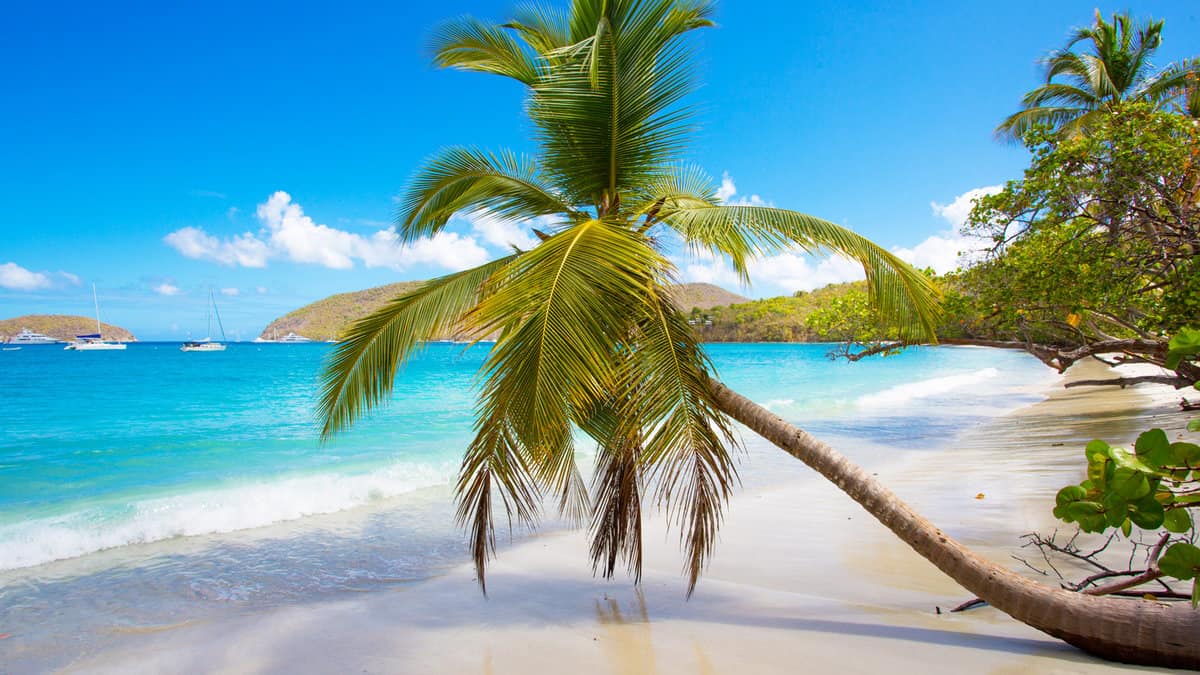
Maho Bay is a family favorite, especially for its shallow waters and sea turtle sightings. The bay is lined with seagrape trees providing natural shade.
It's a quieter alternative to some busier beaches, perfect for a relaxed day of sunbathing and gentle waves.
Cinnamon Bay
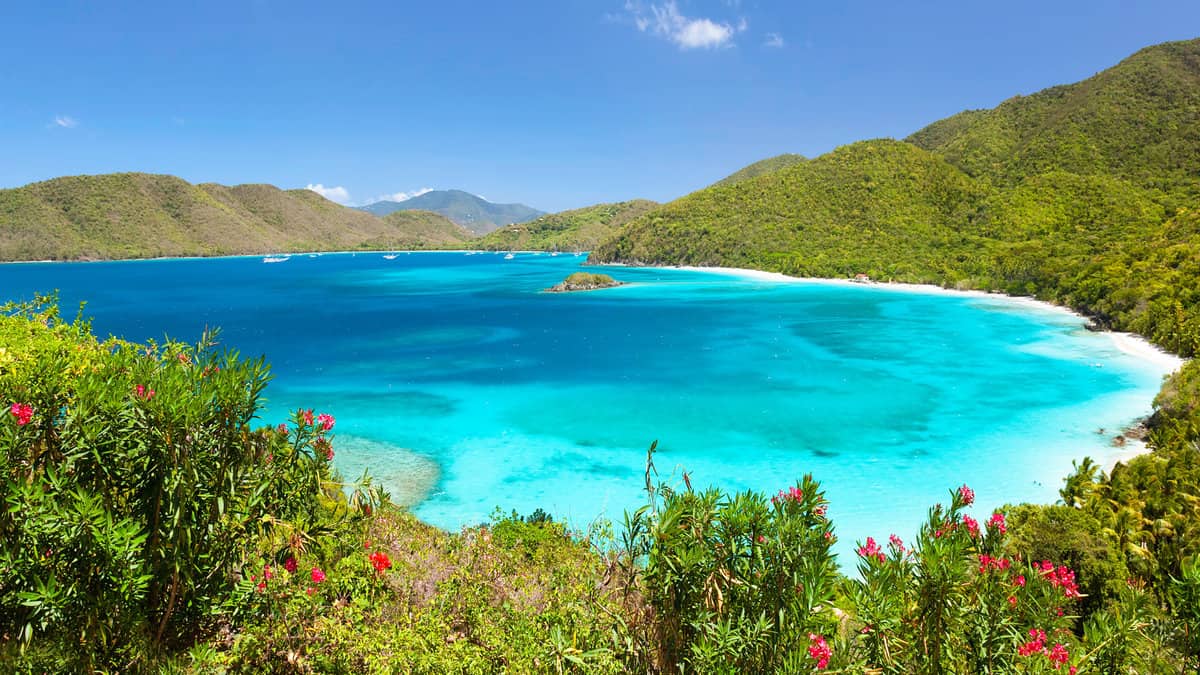
A combination of history and nature, Cinnamon Bay is more than just a beach. Apart from its shimmering waters and palm-fringed sands, it houses an archeological site.
Here, remnants of ancient civilizations and plantation ruins silently narrate tales of yesteryears. For adventure enthusiasts, watersports rentals are available.
Hawksnest Bay
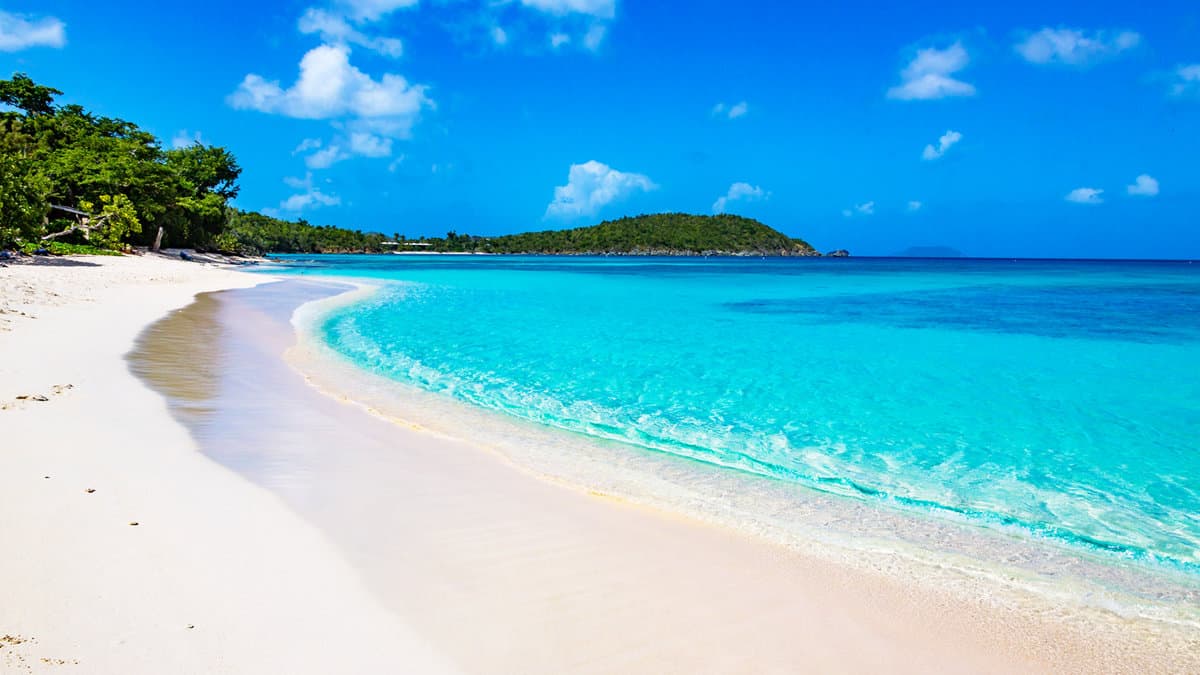
A preferred spot for both locals and visitors, Hawksnest Bay offers a serene beach setting. Its calm waters make it ideal for snorkeling, with abundant marine life beneath the surface.
The bay also has picnic tables and barbecue grills, perfect for a beachside lunch.
Annaberg Plantation
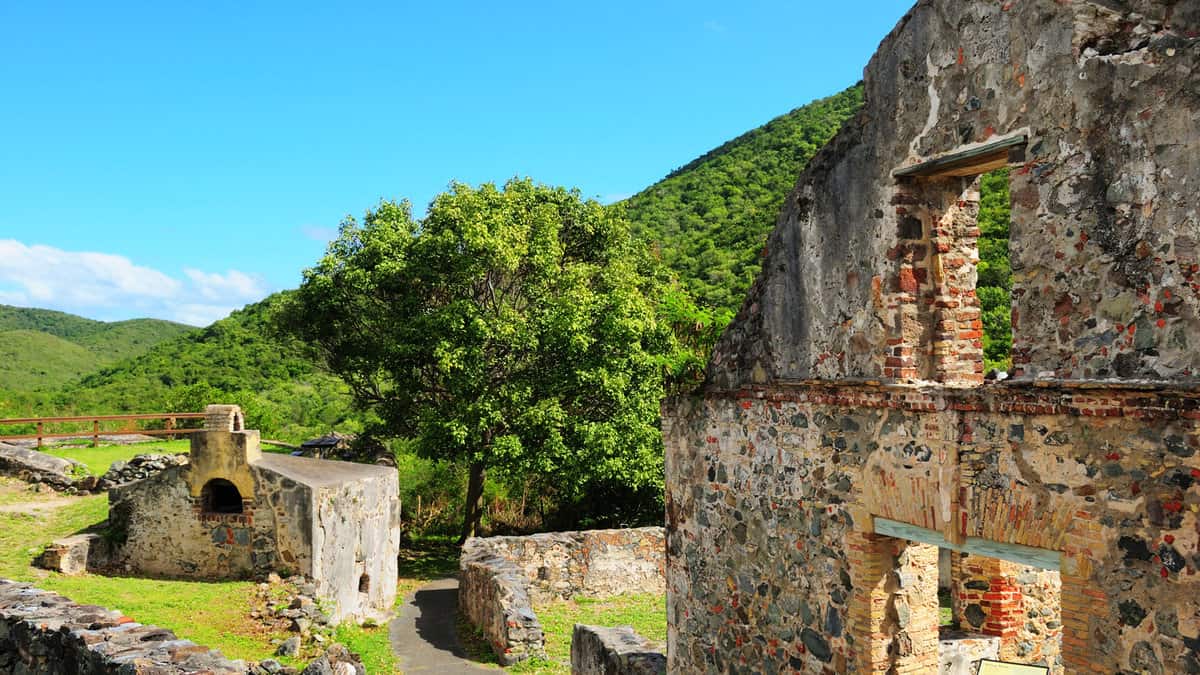
While not a beach, Annaberg Plantation deserves a spot on the list for its historical significance. Once a bustling sugar plantation, today, it stands as a testament to St. John's colonial past.
Visitors can walk through the ruins, witness old windmills and sugar processing equipment, and even partake in ranger-led programs that dive deep into the island's history.
If you want to see more National Parks that offer stunning photography, this guide is for you: 9 Most Scenic U.S. National Parks For Stunning Photography.
Getting to Virgin Islands National Park
Embarking on a trip to Virgin Islands National Park? Fantastic choice! To ensure a smooth journey, here's a quick guide on transportation options and the necessary fees:
1. Fly-In
Land at Cyril E. King Airport (STT) in St. Thomas to start your adventure.
2. Taxi/Safari to Red Hook
After landing at Cyril E. King Airport, grab a taxi or safari straight to the Red Hook ferry terminal, seamlessly bridging your flight to the ferry.
3. Ferry to St. John
At Red Hook ferry terminal, regular ferries zip to Cruz Bay in St. John, with the trip taking about 20 minutes. It's wise to peek at the ferry schedule in advance, as it can shift based on the day.
4. On-Island Transportation
Once in St. John, consider renting a vehicle for more freedom. A heads-up: you'll be driving on the left side. If that's not your cup of tea, taxis are easy to hail and get you around conveniently.
5. Entrance and Amenity Fees
As of November 2023, you don't need an entrance pass for Virgin Islands National Park. If you're heading to Trunk Bay, there's a fee of $5.00 for individuals aged 16 and older.
For those mooring overnight, $26.00 per night or $13.00 with a Senior/Access Pass. Please ensure you pay your mooring fees in advance. Prices are subject to change, so verifying before your visit is a good idea.
Plan Your Visit Today!
With all that Virgin Islands National Park has to offer, it's a destination not to be missed.
If you are ever in doubt or need assistance during your visit, remember the Cruz Bay Visitor Center is open Monday-Friday from 8:15 a.m. to 1:30 p.m.
Here's to a memorable trip. See you there!
